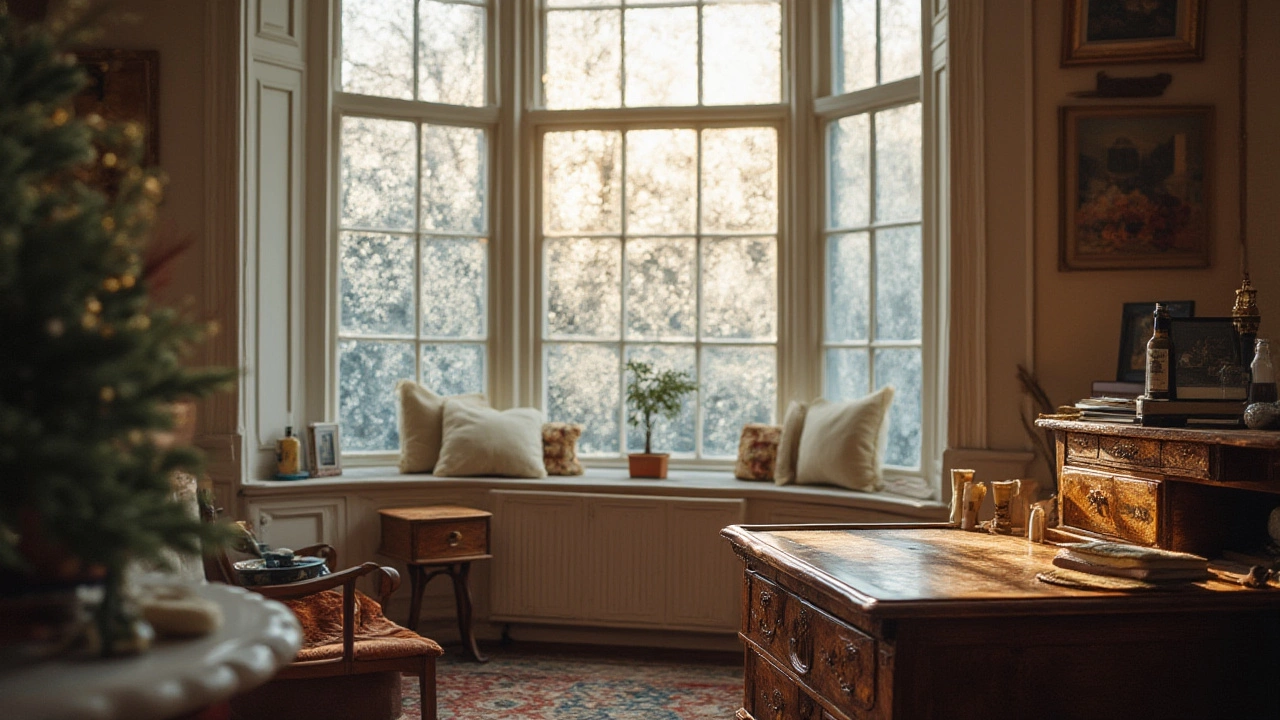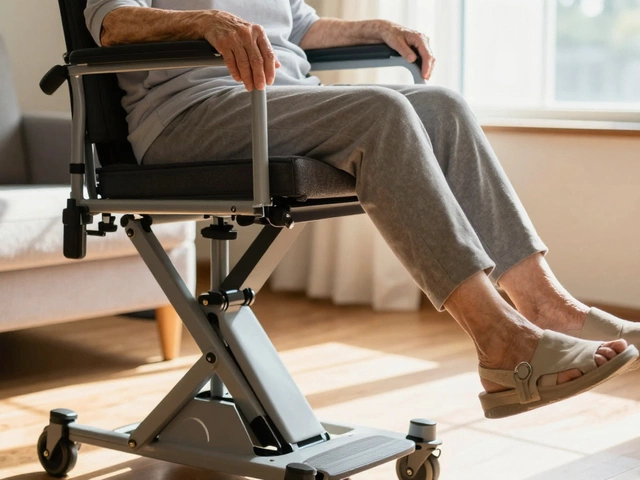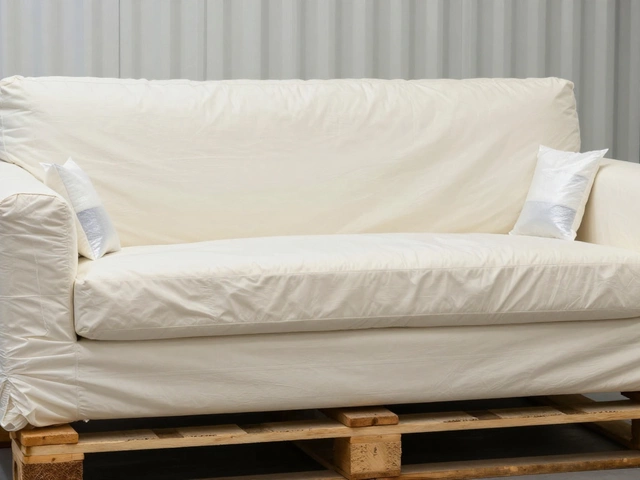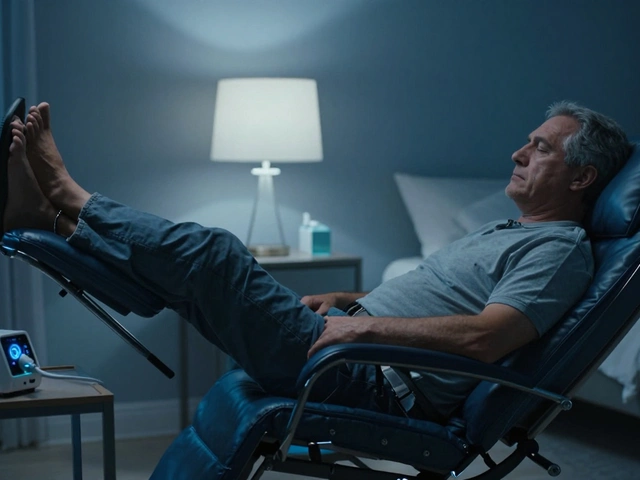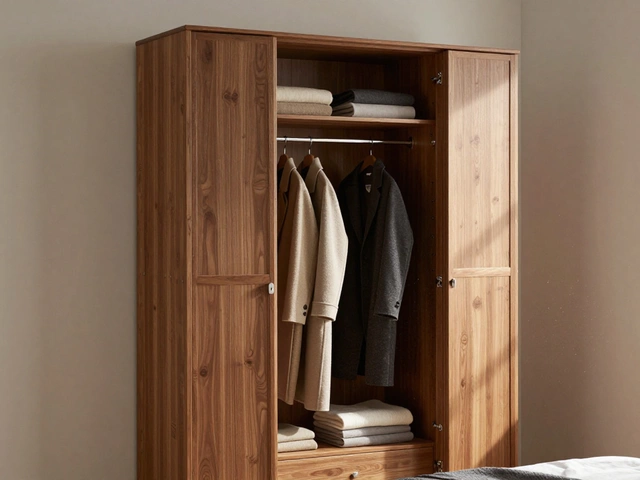Metal Furniture Cold: Simple Tips to Protect Your Pieces in Winter
When the temperature takes a nosedive, metal furniture can start looking tired fast. You don’t need a costly overhaul – a few easy habits keep rust and dullness at bay. Let’s walk through what you can do right now.
Shield Your Metal from Moisture
The biggest enemy of metal in cold weather is water. Snow, sleet, and even morning dew can sit on surfaces long enough to start a rust reaction. First, give each piece a quick wipe down with a dry microfiber cloth after it gets wet. If you can’t get to it right away, cover the furniture with a breathable tarp or a fitted furniture cover. Avoid plastic sheeting that traps moisture; a canvas cover lets air move while keeping rain out.
For long‑term protection, apply a thin coat of rust‑inhibiting spray or a light oil (like mineral oil) to the frame. It creates a barrier that repels water and looks slick, not sticky. Reapply every few months, especially after heavy rain.
Temperature Changes Cause Expansion
Metal expands and contracts as it heats up and cools down. Over time, tiny gaps can appear where bolts loosen or paint chips away. Check the screws and bolts on your tables and chairs at the start of each season. A quick wrench turn to tighten loose fittings can stop wobble and keep the structure solid.
If you spot paint chips, sand the spot smooth and touch up with a matching metal‑grade paint. The fresh paint seals the metal and prevents rust from sneaking in through the exposed spot.
Another trick is to move furniture off the ground if possible. Frost can rise from the soil and sit on the underside of legs. Placing furniture on a rubber mat or wooden pallet gives it a dry buffer and makes cleaning easier.
Cleaning Without Harsh Chemicals
Cold weather often brings salt from roads or de‑icing products. Those salts accelerate corrosion, especially on metal outdoor pieces. When you clean, avoid strong acids or bleach. Mix warm water with a teaspoon of mild dish soap, dip a soft brush, and gently scrub. Rinse with clean water and dry thoroughly.
For stubborn spots, a mix of baking soda and water makes a gentle abrasive paste. Apply, let sit a minute, then rinse. You’ll see the grime lift without scratching the finish.
By adding these tiny steps to your routine, your metal furniture will stay bright and sturdy all winter long. No need for expensive replacements – just a bit of care, a cover, and regular checks. Enjoy the crisp air without worrying about rust taking over your outdoor space.
How Cold is Too Cold for Furniture? Protecting Your Home Pieces from Extreme Temperatures
How low can temps go before your furniture cracks, warps, or suffers hidden damage? Find out the cold truth behind furniture survival, care tips, and which pieces need the most protection now.
